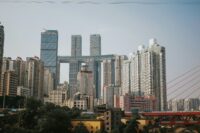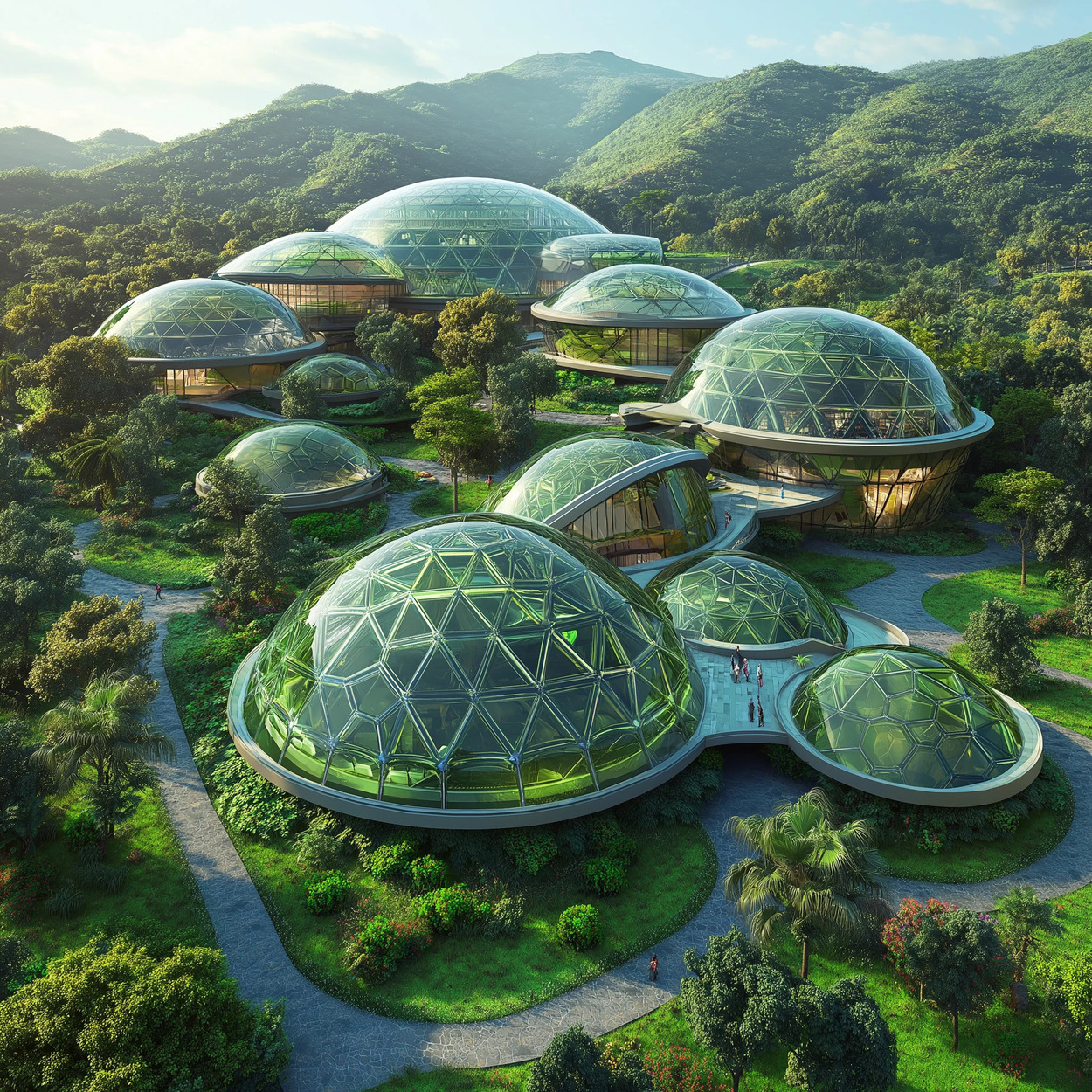- Home
- Articles
- Architectural Portfolio
- Architectral Presentation
- Inspirational Stories
- Architecture News
- Visualization
- BIM Industry
- Facade Design
- Parametric Design
- Career
- Landscape Architecture
- Construction
- Artificial Intelligence
- Sketching
- Design Softwares
- Diagrams
- Writing
- Architectural Tips
- Sustainability
- Courses
- Concept
- Technology
- History & Heritage
- Future of Architecture
- Guides & How-To
- Art & Culture
- Projects
- Interior Design
- Competitions
- Jobs
- Store
- Tools
- More
- Home
- Articles
- Architectural Portfolio
- Architectral Presentation
- Inspirational Stories
- Architecture News
- Visualization
- BIM Industry
- Facade Design
- Parametric Design
- Career
- Landscape Architecture
- Construction
- Artificial Intelligence
- Sketching
- Design Softwares
- Diagrams
- Writing
- Architectural Tips
- Sustainability
- Courses
- Concept
- Technology
- History & Heritage
- Future of Architecture
- Guides & How-To
- Art & Culture
- Projects
- Interior Design
- Competitions
- Jobs
- Store
- Tools
- More
How Do Cities Become Sustainable?
Cities have always been at the center of the arts and culture, successful industries, and inventive ideas. Over 90% of metropolitan areas are coastal, which means that most cities throughout the world are very exposed to the consequences of the climate catastrophe as sea levels rise, polar ice melts, and violent storms wash over these regions.

Cities have always been at the center of the arts and culture, successful industries, and inventive ideas. Over 90% of metropolitan areas are coastal, which means that most cities throughout the world are very exposed to the consequences of the climate catastrophe as sea levels rise, polar ice melts, and violent storms wash over these regions.
The sheer number of people who live in cities now and are likely to relocate there in the coming years is astounding. Around two-thirds of the world’s population is forecast to reside in cities by 2050, implying that extreme weather events such as sudden storms and flooding would have significant financial consequences for businesses and governments.

Cities are becoming more and more sustainable as they become aware of the need to reduce their ecological footprint. The first step is to make a plan for how they want their city to be in the future. They should also decide on what they want their city’s ecological footprint to look like in the future. One of the most important things is to educate people about how they can contribute to a more sustainable city. We need to create awareness among people about the importance of sustainability and what they can do to help in making their city a better place for themselves and future generations.
The next step is to find out which green initiatives are already being used or planned for and prioritize them.

Finally, cities should measure how sustainable they are by using metrics such as CO2 emissions, recycling rates and water consumption.Making cities sustainable is not an easy task. The major issue is that it requires a lot of time and money to make the necessary changes. There are many ways in which we can make our cities more sustainable.

The sustainable city is one of the most important goals for the future. There are many ways to make cities more sustainable, but we need to start with understanding how different cultures and environments shape what is necessary for a sustainable city.
Table of Contents
ToggleExamples of Sustainable Cities
San Fransisco, California

San Francisco and the surrounding are significant tech hotspots and home to some of the world’s most inventive firms, like Airbnb, Uber, and Twitter. Innovations in technology to increase building energy efficiency and improve the city’s transportation infrastructure have helped San Francisco become a pioneer in sustainability and renewable energy. Just look at the city’s public transportation system: hybrid-electric buses are popular on city streets, and more than half of all MUNI buses and light trains are zero-emission.

Vancouver, Canada
For decades, Vancouver has been at the vanguard of environmental action. It was one of the first North American communities to publicly address the climate catastrophe in 1990, when it released a study titled “The Clouds of Change.” This was only the beginning of an environmental strategy released years later in 2012 by Vancouver, the Greenest City Action Plan, which set ten goals to achieve by 2020, including increasing green jobs, reducing community-based greenhouse gas emissions, and expanding green buildings throughout the city.

Furthermore, Vancouver has pledged to obtain 100 percent of its energy from renewable sources by 2050. This objective is especially audacious since it encompasses all sources of energy in the city, including heating, cooling, and transportation, rather than simply electricity. The city’s emphasis on cleanliness
Copenhagen, Denmark
Copenhagen has concentrated on decreasing energy usage in a number of methods, including the adoption of an energy-efficient district heating system that links to virtually every home and novel cooling systems that save around 70% of the energy required by typical air conditioning.
Copenhagen has also concentrated on decreasing emissions and boosting citizens’ health through enhancing mobility, integrating transportation, and constructing what are known as super cycle roads. Because of supercycle highways and various bike lanes across the city, 45 percent of the city’s people commute by bike every day.

Submit your architectural projects
Follow these steps for submission your project. Submission FormLatest Posts
Green Architecture Explained: Designing for a Resilient Tomorrow
Green architecture explained through resilience: practical ways to cut carbon, improve health,...
Top Sustainable Surface Materials Every Designer Should Know
Explore sustainable surface materials with a designer-ready scorecard: carbon, toxins, durability, circularity,...
Eco-Friendly Floor Coverings: Smart Choices for a Greener Home
Eco-friendly floor coverings made simple: discover sustainable materials, trusted certifications, and room-by-room...
What are Biodomes?
Biodomes are transforming architecture by blending ecological science with advanced design to...












Leave a comment